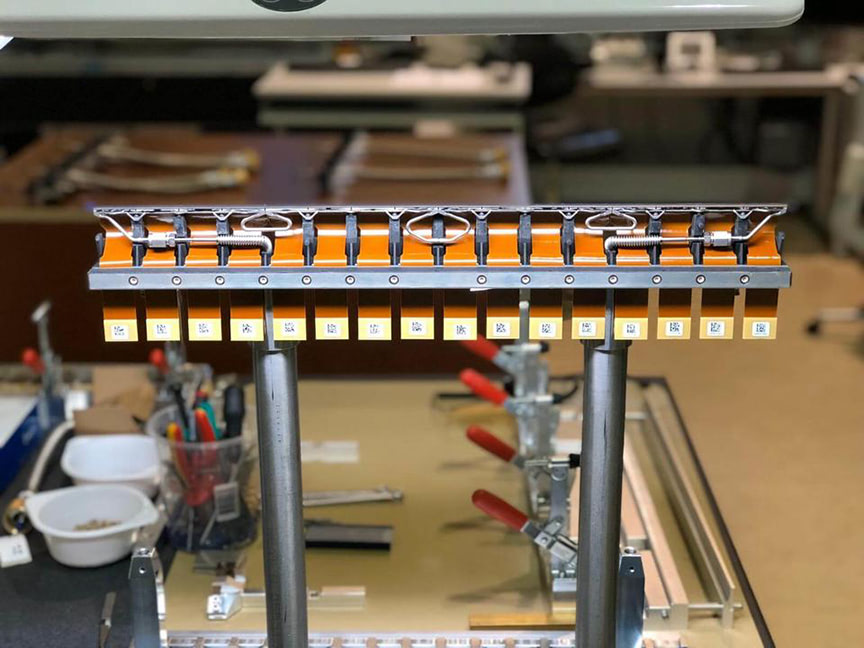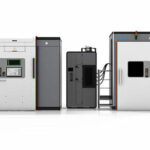The European particle smashing agency, CERN has turned to 3D printing to manufacture components for a cooling system in the Large Hadron Collider. The 27km circumference LHC is buried deep underneath the Swiss and French border and is used for fundamental research into particle physics.
Cool-bars
Specifically the organization has used additive manufacturing as part of their LHCb Experiment. This experiment features a 140 metre long and extremely narrow (2mm) photon-detector strip which must be cooled to -40˚C in order to preserve the reaction for study. In order to maintain this temperature, the entire strip is connected to 3D printed titanium cool-bars.
These cool-bars were printed with 3D Systems’ direct metal printing (DMP) technology.
For its contribution to the successful upgrade of the experiment, 3D Systems was honored with the 2019 LHCb Industry Award.
The parts in question form part of the LHCb SciFi tracker, which is a subdetector within the main LHCb Experiment. This device is used to show the path of a particle.
The experiment had specific requirements for the manufactured components, such as size constraints, thermal dissipation needs, flatness, and temperature uniformity over the length of the strip. AM was chosen as the solution that best met those needs for maintaining the efficiency and resolution of the detector hardware.
One of the main requirements was that the bars have a specific thickness between the coolant channel and the surface being cooled. Given the length of each bar, it was not possible to machine traditionally.
DfAM and Post-processing
Having designed a perfect cool-bar in CAD and simulation, the team of engineers were quick to realise that the complexity of the part was not achievable with traditional manufacturing. Yet they were also aware that the AM solution would not provide a net-shape part that could satisfy requirements.
And so an AM-centric workflow was created for this task and they helped develop that with the assistance of 3D Systems.
“Out of a few possible companies, we chose 3D Systems because it seemed to me that the engineers there were capable of actually transforming our design into something that could be produced,” said Antonio Pellegrino, leader on the SciFi tracker project.
CERN specifically turned to the 3D Systems’ Customer Innovation Center (CIC) in Leuven, Belgium, to bring their expertise onto the project.
The staff at CIC were able to offer guidance on design strategy, print orientation, and also a part cleaning strategy. The parts feature cooling channels which could have proven to be a hurdle regarding removal of unused powders. However, 3D Systems were able to assign a cleaning protocol to ensure thorough material evacuation from the parts.
Thanks to the collaboration with 3D Systems, the CERN engineers were able to have the leak-tight cool-bars printed with the required 0.25mm thickness using the LaserForm TiGr23 alloy material.
Additionally, the final part met the requirements for flatness (50 microns over 263mm) which was achieved with the help of 3D Systems who recommended a vertical build orientation.
Overall, the CERN team required over 300 of these precision parts to be manufactured, and thanks to the repeatability of the process and the inputs of their manufacturing partners, they were able to achieve the numbers required.



